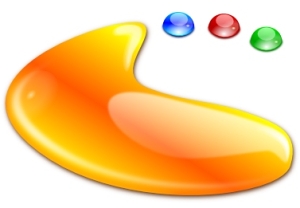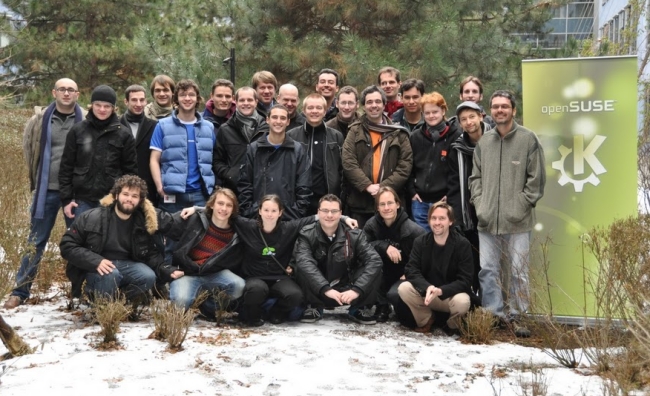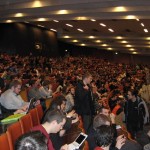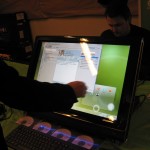Working as a manager sometimes has not so nice days, but tomorrow it will be a really great day. Novell HR has asked me to celebrate a team members ten years anniversary with Novell. That means fun and a present since ten years is a long time, yes, quite a long time for IT industry.
 The guy who comes in to S.u.S.E, SuSE and Novell every day since exactly ten years now is Henne. You all know him. He is the guy who helps you with your multimedia problem, the man who finally dries your tears when your package does not build and the one who is first at breakfast after he kicked the last hackers to bed the night before. Of course looking fresh like a new born baby and with the energy of a power plant. Whenever there is work to be done in openSUSE, one can rely on Hennes advice and helping hand.
The guy who comes in to S.u.S.E, SuSE and Novell every day since exactly ten years now is Henne. You all know him. He is the guy who helps you with your multimedia problem, the man who finally dries your tears when your package does not build and the one who is first at breakfast after he kicked the last hackers to bed the night before. Of course looking fresh like a new born baby and with the energy of a power plant. Whenever there is work to be done in openSUSE, one can rely on Hennes advice and helping hand.
But that is not all. You might have realized that the openSUSE project is not really ten years old. But maybe it is? Might be that before it was officially set up a few years ago, it was already nested in Hennes heart? He is with openSUSE from day one and before, always following the idea of an open, community driven, vibrant and optimistic openSUSE project with space for opinions, ideas and argues. Over that he never looses focus on a practical compromise that works for all.
He gave very valueable direction in the Guiding Principle discussion as well as designing the devel project concept in the Build Service which makes external package maintainance possible. Today he gives important guidance as a member of the openSUSE Board and is of course one of the strong shoulders in the openSUSE Boosters Team.
I think Henne is one of the persons who make our community valueable and enjoyable. openSUSE is so much benefiting from people like him who take up responsibility and drive things forward.
Henne, in the name of Novell and I guess the whole openSUSE community I like to thank you for all your work so far. I am really looking forward to continuing to do crazy stuff with you. There is a lot more the openSUSE project can achieve over the next couple of decades, great that we have you on board as a green rock 🙂
 On this week the leading KDE developers met
On this week the leading KDE developers met 


